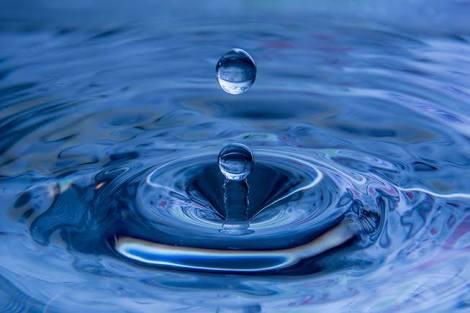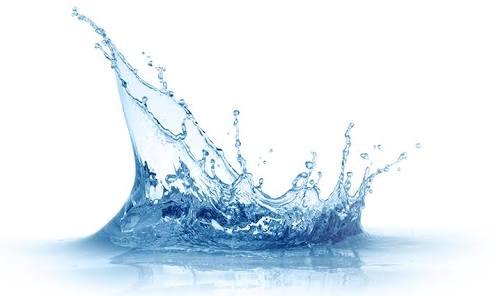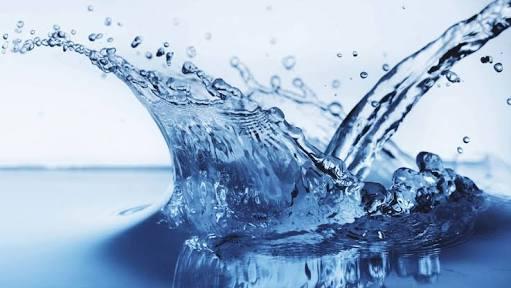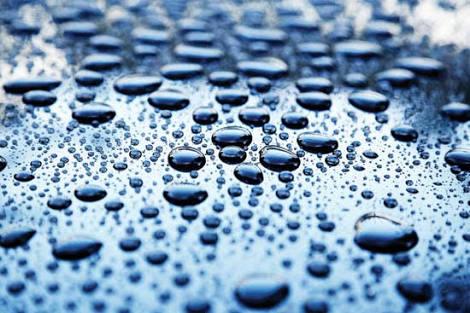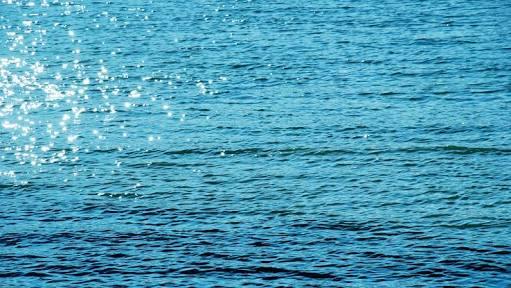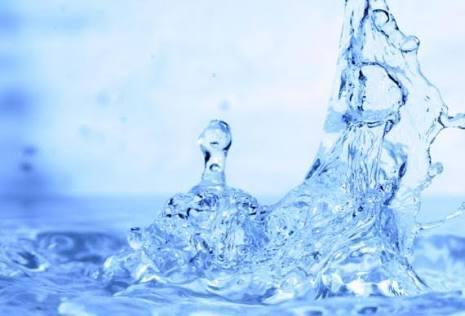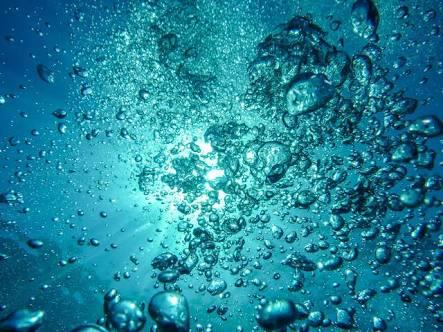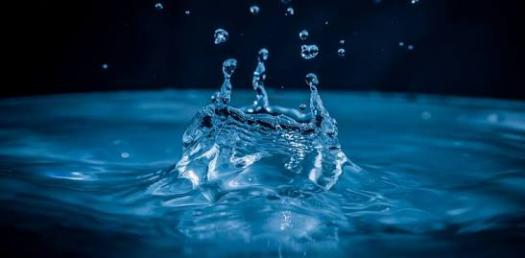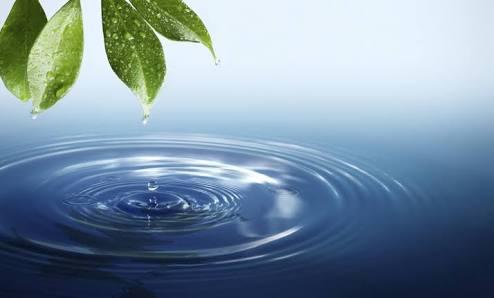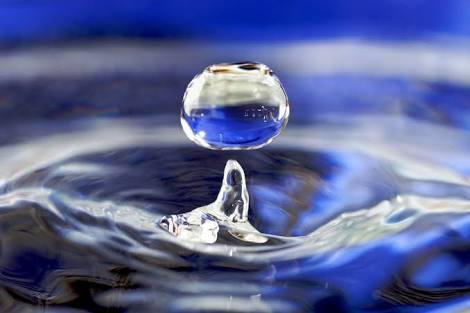Can Your Facts About Water Help You Out?

Do you even know anything about the one liquid we drink the most on Earth? In fact, it is up to 70% of the Earth's total composition. Take this to quiz and let's see if you appreciate the planet for what it is.
- 1.
What's the colour of water?
- A.
It's colourless
- B.
White
- C.
Blue
- D.
Sky blue
Correct Answer
A. It's colourlessExplanation
Water is considered to be colorless because it does not have any inherent color of its own. The molecules of water do not absorb or emit light in the visible spectrum, which is why we perceive it as transparent. This lack of color allows water to take on the color of its surroundings, such as appearing blue when reflecting the color of the sky or green when reflecting vegetation. However, the natural state of water itself is colorless.Rate this question:
-
- 2.
How many percentage of fresh water is in the ground?
- A.
33
- B.
30
- C.
40
- D.
25
Correct Answer
B. 30Explanation
Approximately 30% of fresh water is found in the ground. Groundwater is an important source of drinking water and is stored in aquifers, which are underground layers of rock, sand, and gravel that hold water. This water can be accessed through wells and is replenished through the natural process of precipitation and infiltration. Groundwater is also essential for irrigation and maintaining ecosystems.Rate this question:
-
- 3.
How many gallons of water is used in the U.S per day?
- A.
250 billion
- B.
300 billion
- C.
400 billion
- D.
450 billion
Correct Answer
C. 400 billionExplanation
The correct answer is 400 billion. This indicates that in the U.S, 400 billion gallons of water are used per day.Rate this question:
-
- 4.
How many percent water is cucumber?
- A.
83
- B.
95
- C.
87
- D.
99
Correct Answer
B. 95Explanation
Cucumber is composed of approximately 95% water. This high water content makes cucumbers a hydrating and refreshing food choice.Rate this question:
-
- 5.
How many week (s) can a human live without water?
- A.
A week? It's only three days
- B.
3 weeks
- C.
Two weeks
- D.
A week
Correct Answer
D. A weekExplanation
A human can typically only survive for about three days without water. Therefore, the correct answer is "A week" because it is the closest option to the correct survival timeframe.Rate this question:
-
- 6.
About how many percentage does water expand when it freezes?
- A.
12
- B.
20
- C.
9
- D.
5
Correct Answer
C. 9Explanation
Water expands by approximately 9% when it freezes. This is due to the unique structure of water molecules. As water cools, the molecules slow down and form a crystal lattice structure. In this structure, the molecules are spaced further apart than in their liquid state, causing the expansion. This expansion is why ice is less dense than liquid water, allowing it to float.Rate this question:
-
- 7.
How many percentage of the Earth's fresh water is located in Antarctica?
- A.
85
- B.
90
- C.
78
- D.
67
Correct Answer
B. 90Explanation
Approximately 90% of the Earth's fresh water is located in Antarctica. This is due to the fact that Antarctica is covered by a massive ice sheet, known as the Antarctic ice sheet, which contains about 70% of the world's fresh water. The ice sheet is so large that it holds an estimated 26.5 million cubic kilometers of ice, which is equivalent to about 90% of the Earth's total fresh water supply. Therefore, the majority of the Earth's fresh water is stored in Antarctica.Rate this question:
-
- 8.
About how many gallons of water fills a bathtub?
- A.
50
- B.
70
- C.
30
- D.
45
Correct Answer
B. 70Explanation
The correct answer is 70 because bathtubs typically hold around 70 gallons of water when filled to the brim. This is a standard measurement for most bathtubs, allowing for a comfortable and relaxing bathing experience.Rate this question:
-
- 9.
The human body is how many percent water?
- A.
66
- B.
65
- C.
64
- D.
63
Correct Answer
A. 66Explanation
The human body is composed of approximately 66% water. Water is essential for various bodily functions such as regulating body temperature, transporting nutrients, and removing waste. It is also a major component of cells, tissues, and organs. Adequate hydration is important for overall health and well-being.Rate this question:
-
- 10.
How many gallons of water does a single gallon of wine need?
- A.
1,008
- B.
998
- C.
876
- D.
450
Correct Answer
A. 1,008Explanation
The given question is asking for the number of gallons of water needed to produce a single gallon of wine. The correct answer is 1,008. This means that in the process of making wine, approximately 1,008 gallons of water are required to produce 1 gallon of wine.Rate this question:
-
Quiz Review Timeline +
Our quizzes are rigorously reviewed, monitored and continuously updated by our expert board to maintain accuracy, relevance, and timeliness.
-
Current Version
-
Mar 22, 2023Quiz Edited by
ProProfs Editorial Team -
Feb 18, 2018Quiz Created by
Livyn
 Back to top
Back to top



